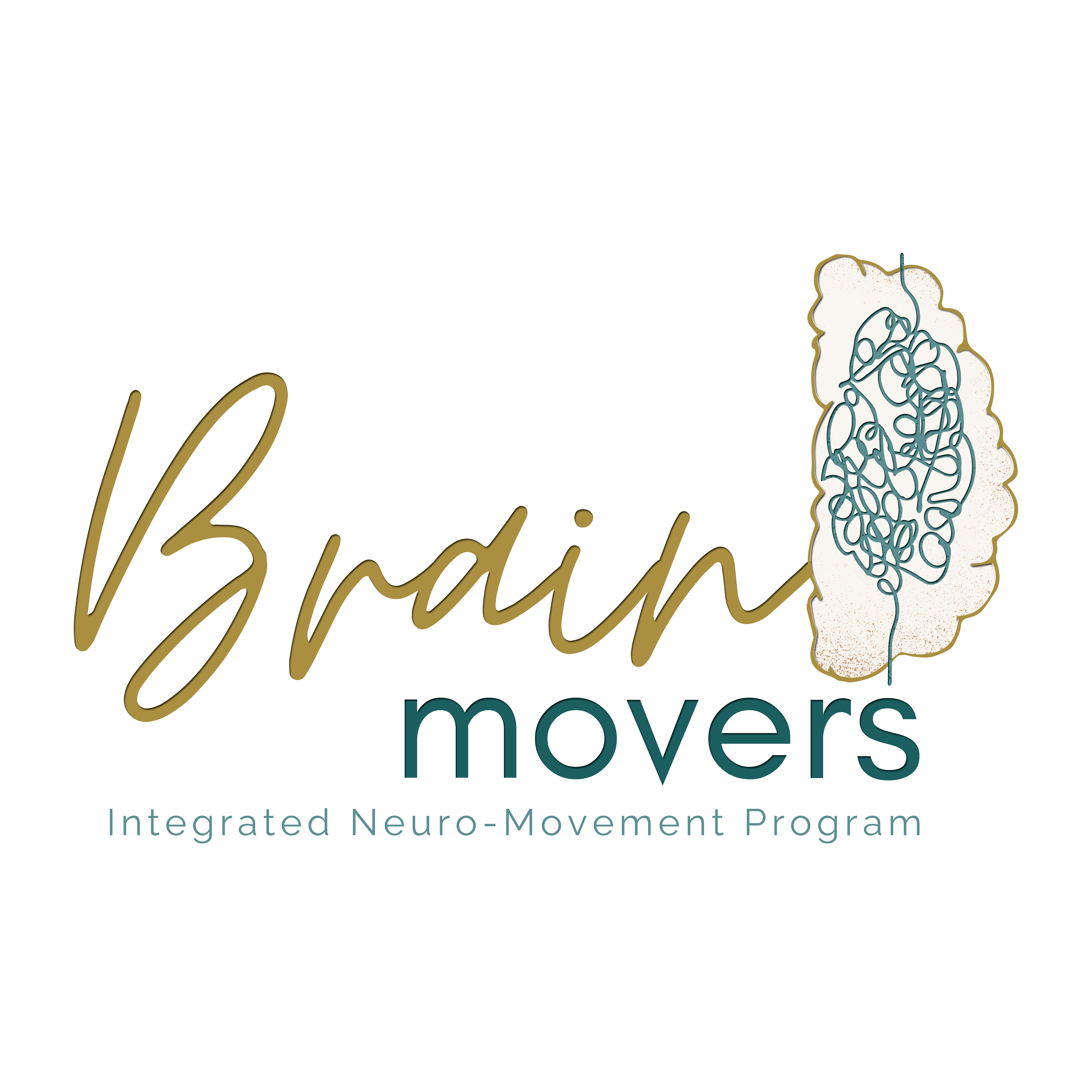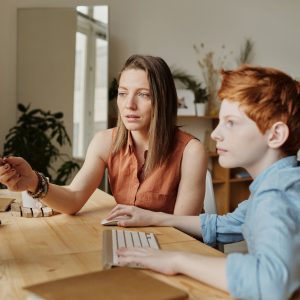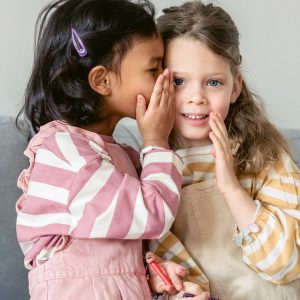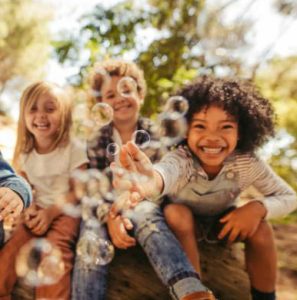Integrated Neuro-Movement Programs
Reach your full potential and thrive!
Integrated Neuro-Movement Programs
Reach your full potential and thrive!
Welcome to a different approach:
Reach your full potential and thrive!
The Neuro-Movement Programs take an integrative approach to strengthening brain connectivity through sensory engagement and physical development activities. This holistic, personalised, drug-free neurodevelopment movement programs consists of movements and home-based activities that help you build pathways in the brain to improve:
Focus and attention
Focus can refer to the center of interest or activity or close or narrow attention. Concentration refers to the ability to give your attention or thought to a single object or activity.
Memory and learning
Learning and memory are closely related concepts. Learning is the acquisition of skill or knowledge, while memory is the expression of what you’ve acquired. Another difference is the speed with which the two things happen. If you acquire the new skill or knowledge slowly and laboriously, that’s learning.
Sensory processing
Sensory processing disorder (SPD) is a condition that affects how your brain processes sensory information (stimuli). Sensory information includes things you see, hear, smell, taste, or touch. SPD can affect all of your senses, or just one.
Speech/Language
Speech is the sound of spoken language and includes the formation of a sound, the nature of the sound quality and the rhythm and flow of the sound. Language is the words we use and how we use them to share ideas and get what we want.
Emotional control
Emotional control is the ability to identify and regulate your emotions and respond in a socially tolerable and flexible way and also have a certain level of control over spontaneous reactions.
Socialization skills
Social skills are the skills we use to communicate and interact with each other, both verbally and non-verbally, through gestures, body language and our personal appearance.
Human beings are sociable creatures and we have developed many ways to communicate our messages, thoughts and feelings with others.
The brain can change at any age, so anyone can benefit from the program.
The Integrated Neuro-Movement activities are designed to help improve connections in the brain in a way that helps alleviate the symptoms children experience.
The activities provide organized, repetitive, rhythmic movements to the brain and body that changes the way the brain and body function.
ADHD/ADD
Sensory Processing
Anxiety
Autism spectrum disorder (ASD)
Tourette Syndrome
Brain Injuries
Learning difficulties:
Learning difficulties: Dyslexia: Learning disabilities in reading; Dyscalculia: Learning disabilities in math; Dysgraphia: Learning disabilities in writing; Dyspraxia: Learning disabilities in motor skills
Each program is based on:
Step 1
An Entire-Brain approach
Step 2
Specifically designed for each client’s needs and development level
Step 3
Building progressively as they advance
Step 4
With one-on-one sessions and home-based activities
Step 5
Integrated with rhythmic training programs to challenge the brain through vision, auditory and timing activities
Each program is based on:
Step 1
An Entire-Brain approach
Step 2
Specifically designed for each client’s needs and development level
Step 3
Building progressively as they advance
Step 4
With one-on-one sessions and home-based activities
Step 5
Integrated with rhythmic training programs to challenge the brain through vision, auditory and timing activities










